While nature has already done all the science to replenish itself, we behave so irresponsibly that we have already exhausted its resources. It is possible that you may think you are not yet ready for waste-free living. But a low waste living is no where near ”difficult”. For instance, you can grow vegetables from their leftovers at home.
By taking a step as simple as this one, you will already be starting an eco-friendly, low waste living.
Here are the four benefits of growing vegetables from leftovers:
- You waste less food.
- You buy fewer vegetables.
- Less shopping means less plastic making its way home.
- You add more greenery to the planet.
This beautiful principle that says ” Think globally, act locally”, emphasizes the importance of collective consciousness and individual efforts to keep the planet healthy.
Related: 10 Microgreens Packed With Essential Nutrients You Can Grow at Home
Low Waste Living: Fresh Vegetables From Leftovers
While it is great to grow any vegetables at home, these seven are especially generous when it comes to the ease of growing.
1. Onions
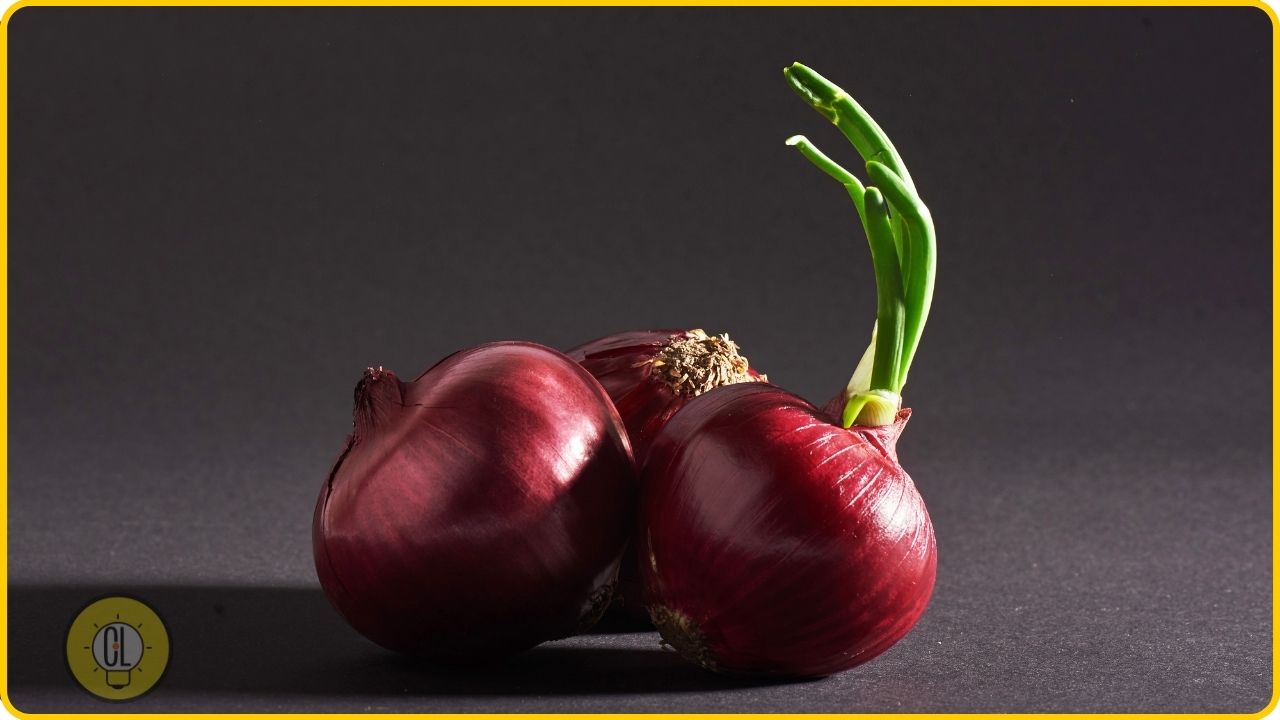
Onions have a wide range of uses. It can be one of the ingredients of a tasty dish or its main element (see the recipe for onion soup ). It has a bactericidal and cleansing effect – there are legends about the beneficial effects of the onion slice in the sock.
The invaluable advantage of onions is that they can be easily grown at home. It is very easy to take and the effects are visible after a few days.
How to do it? Cut the onion 1-1½ centimeters above the root line and place it in a small container of water – this can be a glass or a small jar. Do not soak the entire onion, otherwise, it can rot – dip only the part from which the roots will grow. The vegetable will quickly repay the love and sprout – then plant it in a pot.
2. Garlic
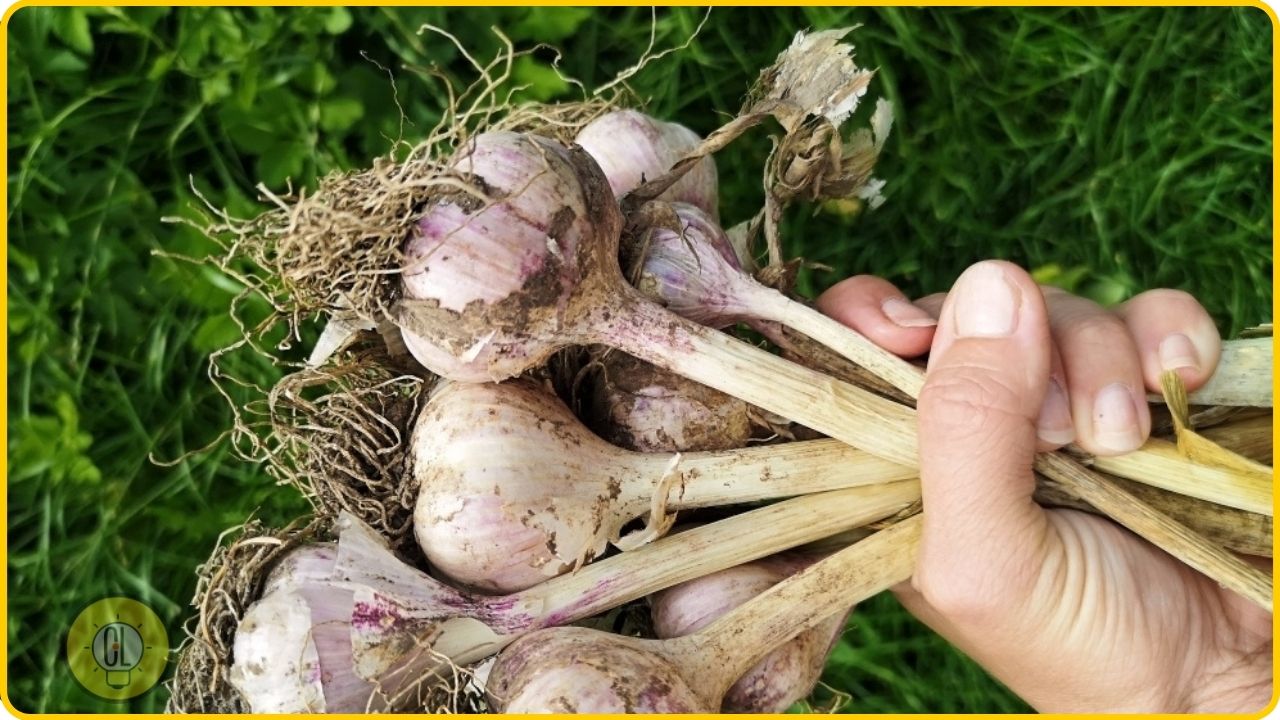
If the cloves of garlic have lost their freshness and a green shoot is slowly starting to emerge from its tip, it is a sign that you can give it a second life.
Dip the garlic vertically in a little water and leave it in direct sunlight for a few days. Do not forget to change and add water during this time.
After a few days, it should release beautiful green chives – you can either plant the garlic in a pot or cut a green shoot and add it to the dish.
3. Lettuce
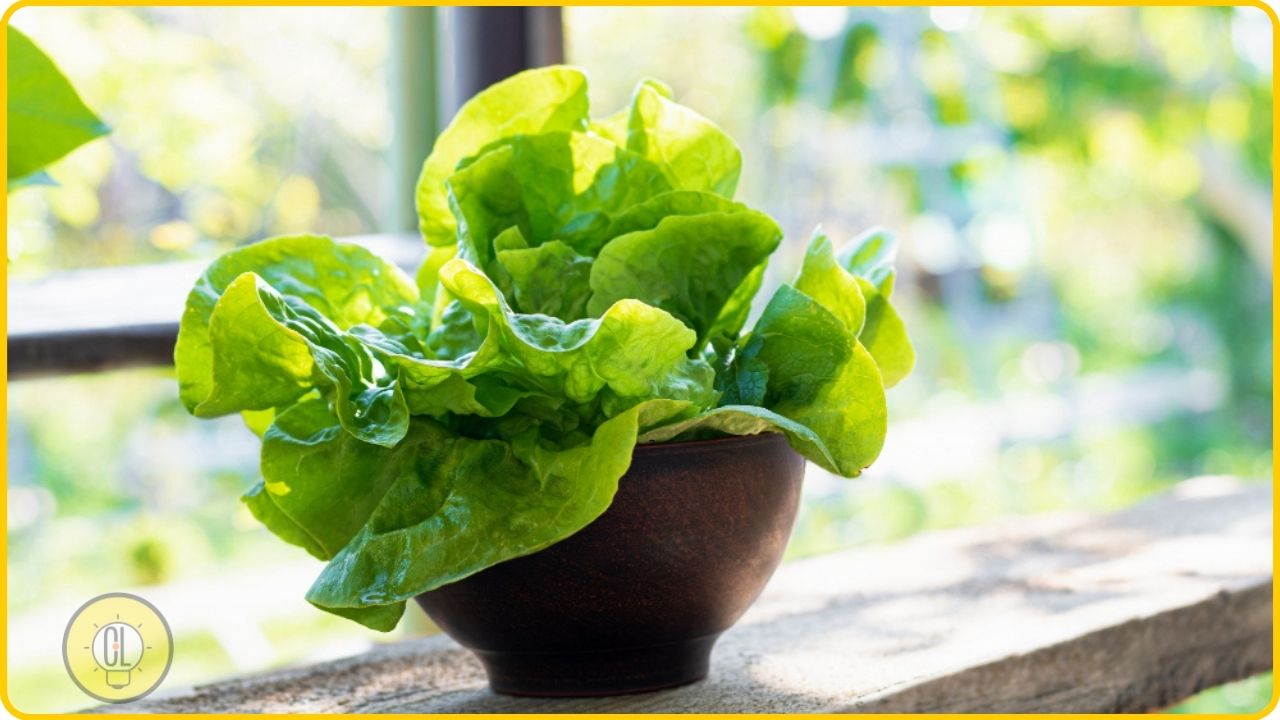
Romaine lettuce will work best here because its leaves have a slender, oblong structure.
To make your own lettuce, cut the shaft of the vegetable 3-4 cm high and place it in a 1 cm tall dish filled with water. Place the vegetable on the windowsill.
Change the water every day. With proper care, small roots should appear after a week – then transfer the plant to a pot with soil.
Do not forget to water regularly and give the plant access to the sun.
4. Celery

Cut the root 3-4 cm high and place it in an upright position in the dish. Don’t add a lot of water – it should be up to a third of the celery’s height.
After a week or two, the first roots will appear – you can then transfer the plant to a pot with holes at the bottom – celery doesn’t like it when it’s too wet.
The root and the cut piece of vegetables should go underground. Celery does not mind the sun, so you can put it where there is a lot of sunlight.
Related: 10 Tips to Avoid Plastic While Shopping: Our Green Living Hacks
5. Carrot
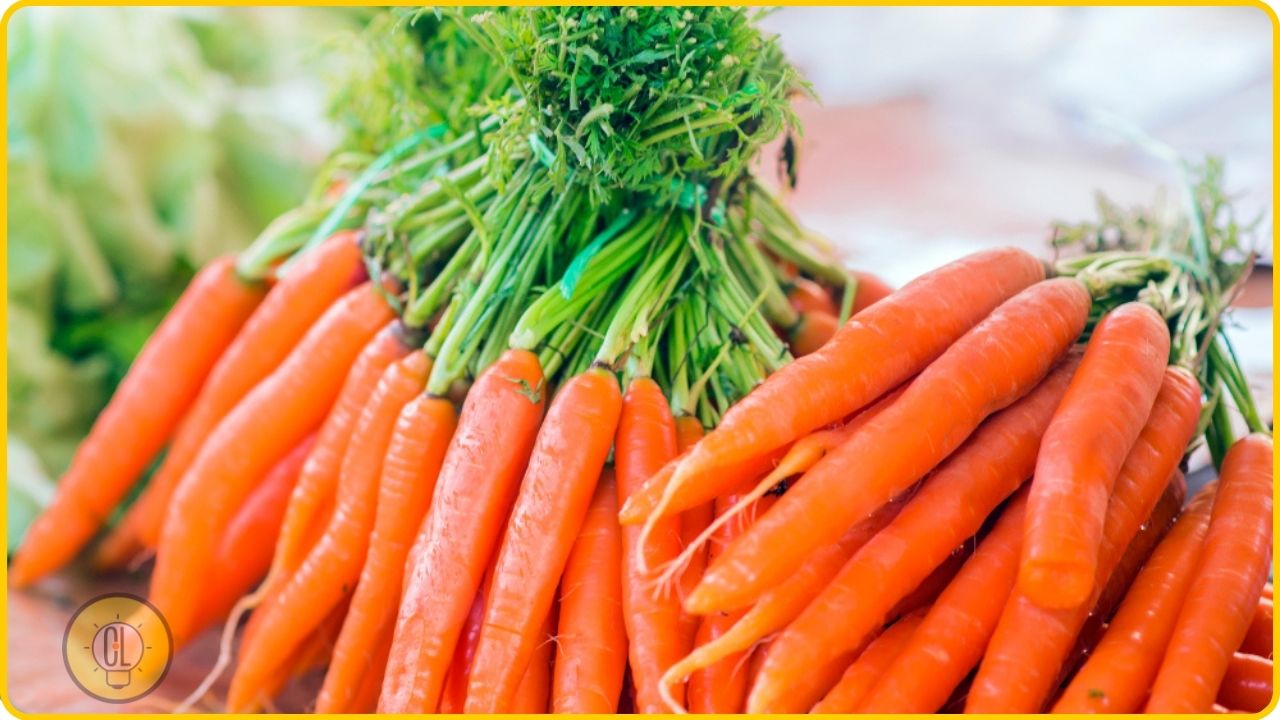
When you cut the leaves of carrots, do not throw them away. You can make a tasty snack from the leaves or add it to your soup. It provides the body with a lot of iron, helps fight inflammation, and relieves pain.
To grow your own carrot, cut off the top of the root and dip it in a dish of water. Here, too, do not overdo it with the amount of liquid – it should not be a lot.
After a week of watering and changing the water regularly, small roots and glaze should appear – then you can transfer the vegetable to the pot with soil.
6. Leek
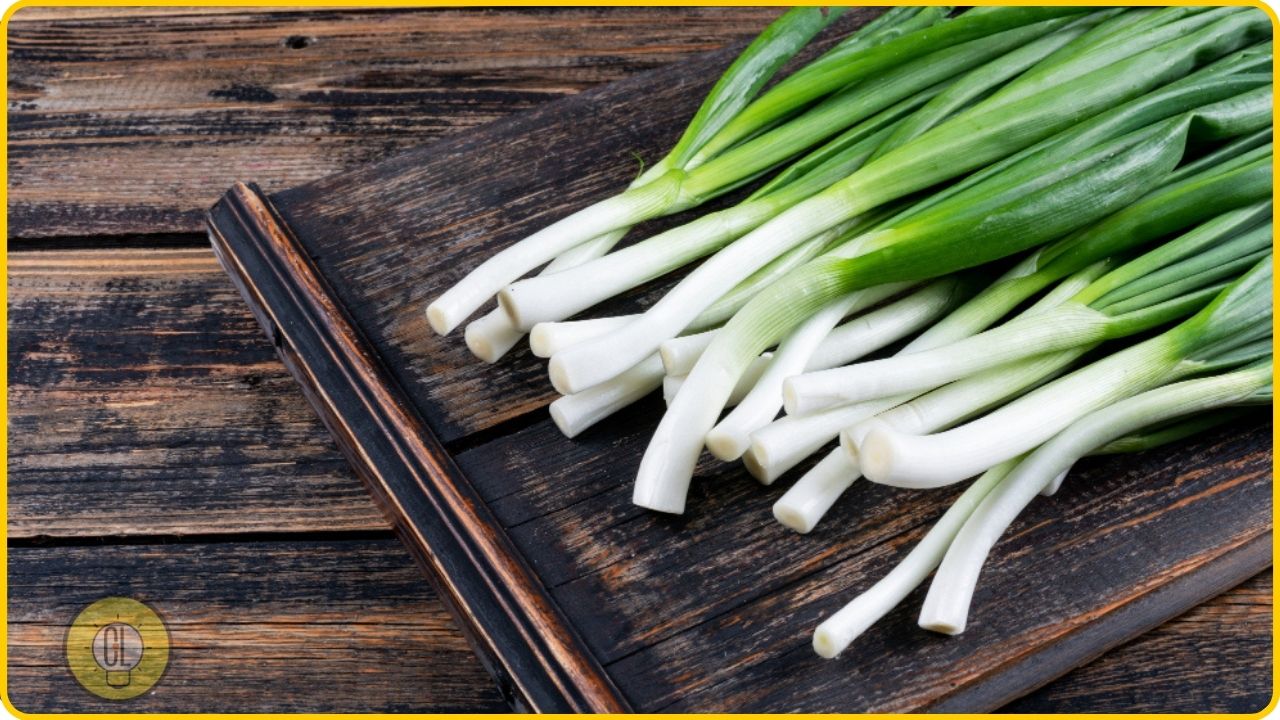
Leek is indispensable when we want to prepare a delicious vegetable salad or cook tasty soup. This unique vegetable has a slightly spicy flavor and is extremely aromatic.
In order for the leek to grow again, you need to be patient – even a few weeks. As with other vegetables – cut the root about 3-4 cm high and place it in a shallow dish with a little water.
The first leaves and roots will appear in a week or two. Don’t forget to water the plant regularly.
7. Cabbage
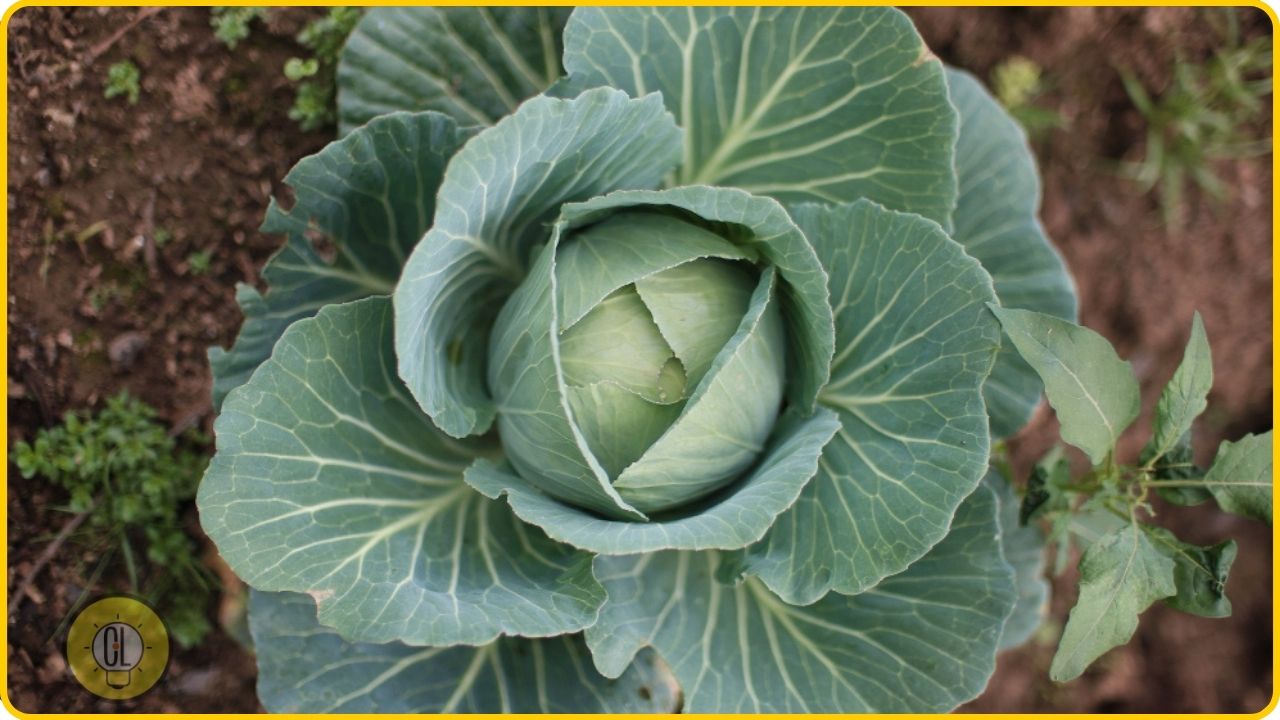
Treat cabbage similarly to lettuce. First, soak the leaf in a vessel of water. Remember that the fragment from which the root will grow, and not the entire leaf, is immersed – otherwise, the plant will rot. When small roots begin to grow, transfer the cabbage to a pot with soil.
So, these were the seven vegetables that you can easily grow either from their leftovers or if the vegetable has lost freshness.
What small steps are you taking to reduce waste in your life? What vegetables do you grow at home? We would love to know!
